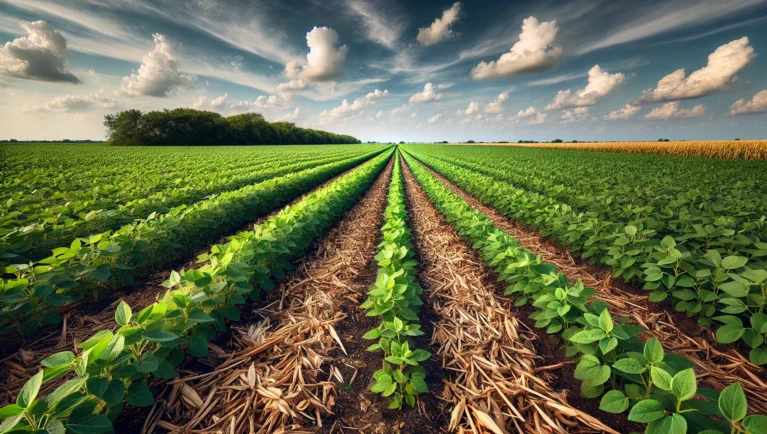
Part 2 of No-Till, No Limits.
One of the early challenges to no-till was the equipment. Planters were not set up to create the nice seed beds needed for good germination and emergence. As a result, seed companies began to rate their seeds for no-till.
“Rapid emergence is critical in no-till systems,” Beck explains. “Hybrids that don’t emerge quickly can be detrimental, especially when dealing with residue and cooler soil temperatures.”
The time it takes for the plant to reach canopy is also extremely important in no-till. That canopy shading is needed to minimize weed pressures.
These traits, seed quality, rapid emergence and quick canopy are important to any farmer, regardless of tillage practice. Naturally, seed companies continued to breed for these traits, and they are common in basically every seed variety. A company would have a hard time selling seed that wasn’t quick to emerge.
This progression in breeding strategies has given no-till farmers more options to choose from when selecting seed.
Despite the evolution of no-till, there are still challenges with the practice, but that is not deterring farmers from integrating no-till as a farming strategy.
With the development of the U.S. Department of Agriculture’s (USDA) Climate-Smart Commodities partnerships, farmers have even more incentive to adopt no-till and reduced tillage practices. The USDA views no-till as a way to sequester carbon in the soil thus reducing the amount in the atmosphere.
Of the 141 Climate-Smart projects available, the majority of them include row crops as a commodity. Those programs all include reduced tillage as an acceptable practice for raising climate-smart commodities and potentially offer financial benefits to encourage no-till.
Perspectives on No-Till Challenges and Benefits
Even with the remaining challenges, there are many no-till benefits.
Christopher Weaver is an experienced no-till farmer in Maryland.
“No-till farming allows us to keep our soil intact, reduce runoff, and improve our water management significantly,” he says.
Insect, weed and disease pressures can become higher in no-till situations if not properly managed. In Weaver’s case, the increased organic matter has resulted in an increased slug population in the soil.
One option to deal with these pressures is to treat the problem.
Seed treatments have come a long way, improving the plants’ ability to resist diseases and insects. Farmers like Weaver do their own seed treatment, applying treatments specific to issues within a given field or even a given acre.
“We use a lot of biologicals, Trichoderma, bacillus, to help get the plant up and out of the ground,” Weaver explains. “We are also adding insecticides, so everything is right there.”
The post Seed Breeding and Traits for No-Till Success appeared first on Seed World.



